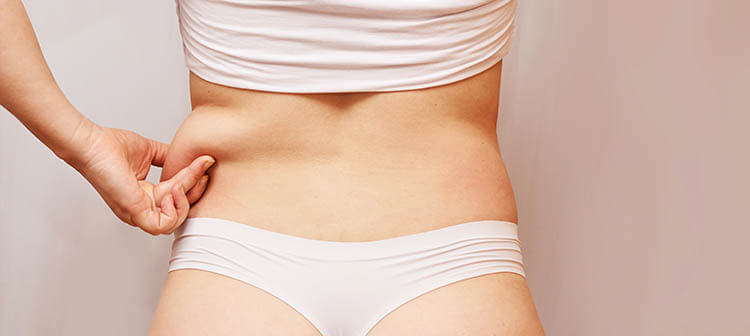CoolSculpting is no longer offered at Karidis Clinic. Call us on 0207 432 8727 or email us at enquiries@karidis.co.uk to find out what exciting new body reshaping treatments we offer.
Since CoolSculpting was first approved by the FDA for treatment of the flanks in 2010 and then the stomach two years later, it has fast become one of the most popular minimally invasive body contouring procedures.
The CoolSculpting applicator is placed on the treatment area, and the fatty tissue is suctioned between two cooling plates. This tissue is then frozen to a temperature that has been discovered to kill off the fat cells without damaging nerves, blood vessels or overlying skin.
In the weeks and months after your procedure, the dead fat cells are naturally eliminated by the body, revealing a more defined body shape. It’s estimated that up to 25% of fat cells can be eliminated per session and results are permanent if you maintain a healthy weight.
Many patients are keen to opt for CoolSculpting over liposuction because it is often viewed as safer, but minimally invasive doesn’t mean no risk.
What are the potential risks of CoolSculpting?
Freezing your fat unsurprisingly causes some sensitivity in the treatment area and patients will usually experience redness, swelling, bruising or temporary numbness. Pain and discomfort are usually reported as mild to moderate after CoolSculpting and in one study of over 500 patients, any post-procedure discomfort resolved after three to 11 days.
One potential complication that has come shockingly into the spotlight in recent months is paradoxical adipose hyperplasia or PAH which is described as a rare adverse event after cryolipolysis. Original 90s supermodel Linda Evangelista recently sued Zeltiq, the parent company of CoolSculpting, for $50 million, claiming the treatment had left her “brutally disfigured”.
Evangelista alleges that she wasn’t educated about this potential risk before undergoing CoolSculpting. At Karidis Clinic, all patients are fully informed about the potential risks of any procedure, whether surgical or non-surgical, before they make the decision to proceed.
What is paradoxical adipose hyperplasia?
Paradoxical adipose hyperplasia gets its name from a rare, paradoxical result — the overgrowth (hyperplasia) of fatty (adipose) tissue.
What causes paradoxical adipose hyperplasia?
Paradoxical adipose hyperplasia occurs when the treated area becomes larger and forms a firm, enlarged mass under the skin as the tissue thickens and expands instead of breaking down. It has been described as a ‘stick of butter’ due to its shape. CoolSculpting, the manufacturer of the cryolipolysis device, estimates that it occurs in one out of every 4,000 treatment cycles, meaning an incidence of 0.025%.
What are the symptoms and early signs of paradoxical adipose hyperplasia?
The symptoms of paradoxical adipose hyperplasia can take from a few days to six months after treatment to develop. Early warning signs include:
- Hard lumps on the treated area
- A thicker feel and look to the treated area
- Painful swelling
- General enlargement of the area
Can PAH be treated?
In a US study published in the Plastic and Reconstructive Surgery, the journal of the American Society of Plastic Surgeons (ASPS), which reviewed the management of patients with PAH after cryolipolysis, it was successfully corrected in all cases.
Although patients must wait several months after the development of Paradoxical Adipose Hyperplasia before they have corrective surgery, all 11 patients in the small-scale study were ultimately satisfied with their final appearance. All the patients had liposuction to correct the problem and one patient required lipo combined with a tummy tuck.
Even though paradoxical adipose hyperplasia is not life-threatening, it can be embarrassing and frustrating. Liposuction can address this CoolSculpting complication and Mr Alex Karidis has performed this corrective procedure for patients, achieving the naturally sculpted result they were hoping for:
“CoolSculpting tends to remove around 20 to 30% of fat of which in very rare cases causes PAH. We are able to tackle this issue with liposuction removing not only the original 20 to 30% achievable non-surgically but in most cases 80% which offers patients a slight silver lining, albeit costly, when it comes to rectifying the issue,” Mr Karidis explains. “They will be left with a smooth, flatter area following surgery to the area.”
For more advice on both the benefits and potential risks of CoolSculpting, call 0207 432 8727 to arrange a consultation at Karidis Clinic.
















